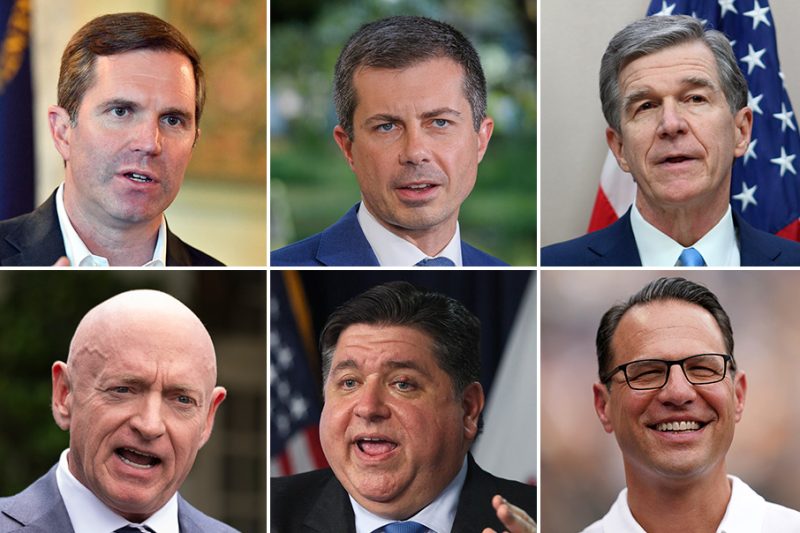In today’s political landscape, the discussion around Vice President Kamala Harris’s potential choice for a running mate has captured the nation’s attention. Despite the growing diversity in American politics, there is a prevailing assumption that Harris may choose a white man as her vice-presidential pick. This assumption reflects deeper societal beliefs and implicit biases that continue to influence the way we perceive leadership and power dynamics.
One of the primary reasons why many people expect Harris to select a white man as her running mate is the historical context of the United States. Throughout history, the highest offices in the country have predominantly been held by white men. This legacy of white male leadership has created a perception that positions of power are naturally suited for individuals who fit this demographic profile. As a result, when faced with the choice of a running mate, the default assumption for many is to anticipate a white male candidate.
Moreover, the notion of electability plays a significant role in shaping expectations around Harris’s vice-presidential pick. In American politics, there is a persistent belief that candidates must appeal to a broad spectrum of voters to win elections. This often translates into an emphasis on choosing a running mate who can help attract key demographics and swing voters. Given this perspective, some may argue that a white man would be a more safe and palatable choice for Harris in terms of maximizing electability.
Additionally, the existing power dynamics within the Democratic Party and society at large contribute to the assumption that Harris may opt for a white male running mate. The traditional structures of power and influence have historically been dominated by white men, and breaking away from these norms can be seen as a risky departure from the status quo. In a landscape where diverse voices and perspectives are still underrepresented, the pressure on Harris to conform to established norms could influence her decision-making process.
Furthermore, unconscious bias and stereotypes surrounding leadership qualities also come into play when discussing Harris’s potential choice for a running mate. Research has shown that both men and women tend to associate leadership traits more closely with men, perpetuating the idea that men are more naturally suited for positions of power. These deeply ingrained biases can impact how individuals assess the qualifications and capabilities of vice-presidential candidates, leading to an assumption that a white man may be a more suitable choice.
In conclusion, the widespread assumption that Kamala Harris may select a white man as her running mate stems from a complex interplay of historical, societal, and psychological factors. While progress has been made towards diversifying leadership roles, there is still work to be done in challenging ingrained biases and promoting a more inclusive and equitable vision of leadership. As Harris navigates this crucial decision, it is essential to recognize and address the underlying assumptions and expectations that shape our perceptions of leadership and power in the modern political landscape.




























